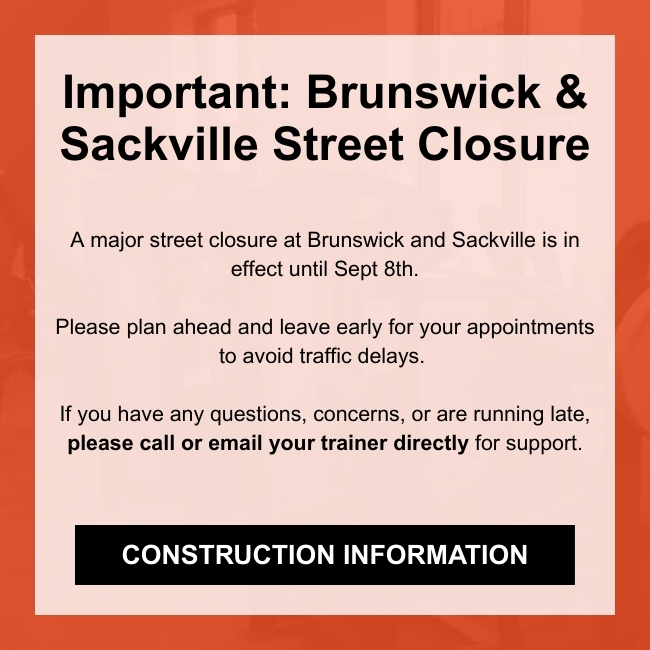I posted the video below a couple of weeks ago on our Facebook page, it seems kinda funny now as our snowbanks are so high here in Nova Scotia that there is no way you can just flex your wrists and dump snow in a pile at your feet…the piles are 4 feet high, at least! May I offer some suggestions in light of this…
Video: Moment Arm Shovelling
So, Bill does a great job explaining the best biomechanical way to move the white stuff around, but I’m pretty sure they don’t get as much snow in his area of the world as we do here in good ol’ NS. Allow me to extend his recommendations a little further keeping in mind those mounds of snow on either side of your driveway.
- Plan ahead and take your time. Rushing will only lead to quicker fatigue in your back and hips muscles which will eventually lead to strain. You should also take 2-3 minute breaks every time you start to feel tired. Move your hips and back around slowly and take some deep, slow breaths to relax those achey muscles.
- If you need to throw snow, pick up a light load. Pretty self explanatory, but if you try to heave a heavy shovel full of snow you’re only increase the amount of forces you are exposing to your body, significantly increasing the risk of strain
- If you need to throw snow, throw it forward. As Bill discusses in his video, axial movement around the spine or ‘twisting’ while heaving a load of snow is a major ‘no, no’. Keep your elbows slightly bent at all times, use your legs and try to keep your spine upright when you release the snow.
- Treat it like an athletic event because, it kinda’ is…kinda’. Do some light movement exercises to ‘warm up’; lace up your warmest boots with the best traction (along with other proper gear); drink water before, during and after; breathe, which leads me to my next point….
- BREATHE. Holding your breath while you lift (anything) significantly increase thoracic pressure, blood pressure and the risk of strain. It will also make you dizzy and lightheaded. Don’t hold your breath.
- Keep yourself Fit. Safe resistance training is the best method to keep all of the major muscle groups in your body strong. Strong muscles lead to better performance in all activities we do…even if they are ones we don’t necessarily look forward to. Regular, safely structured exercise is a great way to prevent you from injuring yourself as well.
I hope this helps, thanks for reading! Please leave a question or a comment; and you can email me at:





